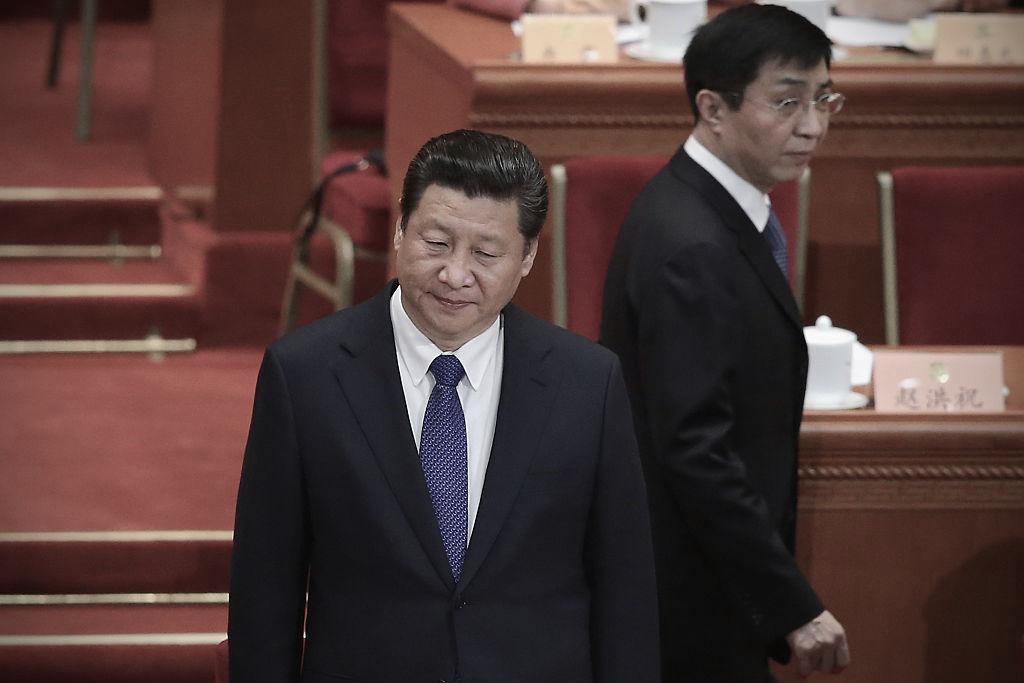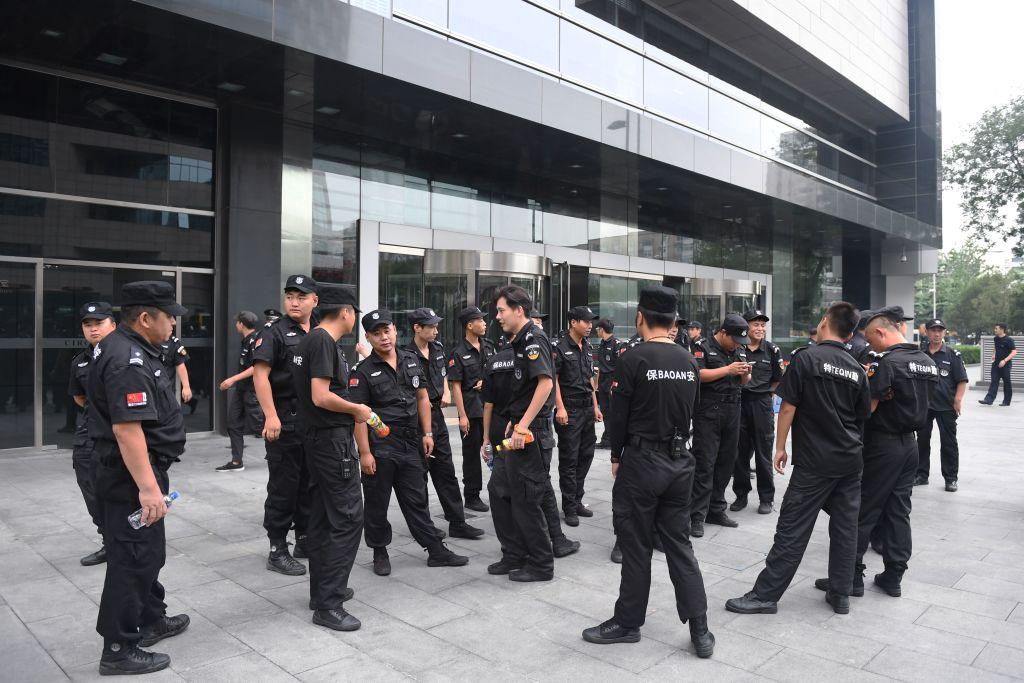WASHINGTON—The United States may have at one time been complacent about the Chinese regime’s influence in Southeast Asia, but that approach appears to have been overtaken by a more urgent, vigilant, and comprehensive stance on developments in that region, based on an Aug. 7 speech by a senior Pentagon official.
Southeast Asia should be seen in the context of the administration’s inclusive Indo-Pacific strategy, according to Randall Schriver, assistant secretary of defense for Asian and Pacific Security Affairs, who delivered the keynote speech at the event “An American Strategy for Southeast Asia” at the American Enterprise Institute.




